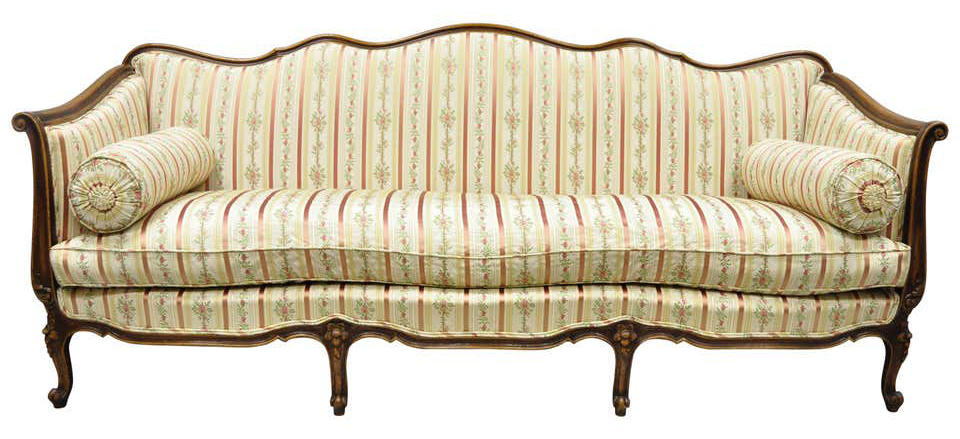We have often heard the phrases like, “buy Canadian” or “don’t buy from countries plagued by human rights violations.” Are these words strong enough to withstand the competing mainstream narrative? The strength of the local economy depends on individuals buying locally produced goods, but the paradox is that the mainstream advertising is well funded by foreign made goods. Many Canadians trying to make ends meet, will tell you that they simply cannot afford to buy made in Canada, and that reason alone outweighs any attempt to boycott. The intertwined dichotomies of narratives between blogosphere and mainstream makes it difficult to see the other possible existing narratives. In my following personal story, I will attempt to change the old narrative by contrasting what is at stake if we refuse to buy Canadian and what we stand to gain in doing the opposite. What if the narrative for buying Canadian was to get rich or help you become wealthy? Would that get your attention?

Image By Matthew Lightstorm
The Canadian furniture manufacturing industry is a good example of how a once thriving industry was made virtually non-existent in less than 50 years after WWII. I recall asking my grandfather why furniture back in the 50’s was so expensive, particularly the $350 couch he was sitting on which was a 4 seater French Provincial. The couch was a real work of art, boasting a silk textured golden embroidered olive green fabric, hand carved cherry wood with beautifully curved legs and arms from all viewable sides; where only a selected few would be worthy to sit on this beauty and experience its intimacy.
I would ask him why they do not make these types of couches nowadays? He would answer, “do you know how much extra wood they had to use to make those beautiful cherry wood curves? It is just not feasible to make these furniture pieces any longer.” The expert woodworking artist once had the liberty of handcrafting furniture that would last forever. A larger quantity of wood was required to allow for the wide angles and curves which would make part of the exterior appearance. This higher cost could only be justified by the consumer willing to pay $350 for a luxury couch in 1951, while the average annual Canadian salary was $8,644 relative to purchasing power, according to Canadian Council on Social Development. On a side note, I also found it interesting to wonder how many of the items listed back in the 1950’s where produced locally in the USA, as published in the Fraser Federal Reserve History archives.
My grandfather further told, how the allure of saving half the price would buy you a frame made of plywood, lavishly covered with your choice of high quality faux leather or fabric. This consumer shift caused an entire generation of specialized woodworkers to disappear, due to the pressure to buy foreign goods to save money in the short term. What if we learned many years later, that the old antique hand carved French Provincial is now selling for just under $10,000 on websites like 1stdibs.com? We might eventually come to an understanding that good quality craftsmanship helps retain and even increase the value of furniture considered a work of art.

CA$9,552.60
Image Source: 1stdibs.com
Although our Canadian furniture industry is not as vibrant as it once was back in the 50’s we still have an opportunity to reinvigorate its local roots. Next time you’re in the market for some furniture in Ontario, look to your Canadian manufacturers such as, St. Jacobs Furnishings, and Kroft. By supporting our local artisans we help retain jobs and expertise on Canadian soil which further contributes to the ability of Canadians to participate in the economy, in turn creating more local wealth. I believe Canadians now understand the inherent risks of ignoring our local producers. In many cases, we can buy something that might hold some artistic future value instead of buying something with an estimated shelf life. Even if we have to pay a little more now; it is far better than leading our next generation into a hopeless desert of non-existent local manufacturing. When faced with the threat of manufacturing decline, leading to certain economic death of our local economy, and losing the opportunity to invest in Canadian art; would you Buy Canadian or Die Trying? (Curtis James Jackson III, 2002, track 8).
References:
Curtis James Jackson III (2002). If I Can’t. On Get Rich or Die Tryin [CD]. USA: Aftermath, G-Unit, Interscope, Shady.

Buy Canadian or Die Trying -What happens when you don’t buy Canadian? https://bit.ly/3gKgTvj #stjacobsfurnishings #kroft

Buy Canadian or Die Trying #stjacobsfurnishings #kroft What happens when you don’t buy Canadian? https://bit.ly/3gKgTvj